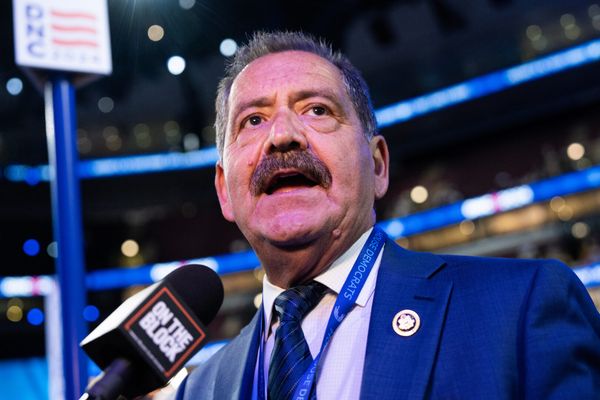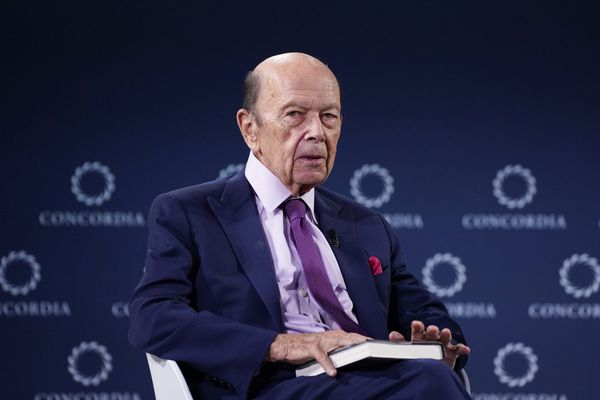
- The Ioniq 9 is Hyundai's latest EV, a three-row SUV that's built in America and uses a Tesla-style NACS charging plug.
- That allows it to natively charge at Tesla's Supercharger stations, or any conventional charger with an adapter.
- Our Ioniq 9 Performance Limited regularly exceeds its official 311-mile range.
I had a strange thought the other day when I drove home from New York City in the new 2026 Hyundai Ioniq 9: Is this, pound for pound, the best electric vehicle you can buy in America right now?
I actually think it might be. I know that's a bold claim to make, especially after just a few hours in the car. But the new Ioniq 9 three-row crossover is a seriously impressive machine, and on a lot of levels, it's very likely to be the Hyundai Motor Group's best EV yet.
Of course, it's not without some downsides, and I hope to experience a good mix of highs and lows during the week I'm testing it. What would you like to know about it?

If you need a refresher, the Ioniq 9 is the latest member of Hyundai's Ioniq family after the wildly successful Ioniq 5 crossover and range-king Ioniq 6 sedan. This one's bigger: a three-row SUV built for families with lots of kids and gear to haul. And it's built to go the distance for them. Every Ioniq 9 packs at least 300 miles of range across every trim level.
It's also not just a re-badged Kia EV9, although that wouldn't even be a bad thing because the EV9 is a spectacular vehicle, too. But the Ioniq 9 manages to have its own distinct character. It's actually slightly larger than the EV9 in every dimension—an inch or two more in height, wheelbase, length and width—but perhaps due to its more rounded silhouette, it doesn't look the part.

It also gets a bigger battery than the EV9 does. That car currently maxes out at 99.8 kilowatt-hours, while all Ioniq 9 models get a 110.3 kWh battery pack. Hence, the range. And it manages to have its own vibe inside that's in line with the rest of the Ioniq family, including the latest Ioniq 5's updated software.
Then there's the Tesla-style NACS port. From the factory (an American factory, no less) it can use Tesla's Supercharger stations. Thankfully, it also includes an array of adapters so it can use a standard CCS fast-charger or Level 2 plug like I have at home. The adapter-swapping may get a bit annoying until a true standard emerges, but the flexibility of charging sure is nice. I'll be trying that as part of this test, as we know Tesla charging won't reach the normal 239 kW max speeds seen on CCS plugs.



Above all, it's quicker than I expected, incredibly smooth, and has impeccable build quality. This just feels like a more advanced, second-generation EV product than even the good stuff we've tested from Hyundai and Kia before, not unlike the trajectory we've seen from automakers in China.
So it's an impeccable combination of style, comfort, range, charging flexibility and performance. What are the downsides? Obviously, it's big—bigger than my household would need for sure. It's not cheap, either. A base Ioniq 9 starts at $58,955, before destination fees, and my all-wheel-drive Limited (the middle grade) tester comes in at $74,300. But because it's made in Georgia, it's eligible for the full $7,500 federal tax credit when financed or leased. That's a solid 10% discount and nothing to sneeze at.

We'll see what life in an Ioniq 9 is like this week. In the meantime, ask me stuff about it. What do you want to know that we can include in our review? Sound off in the comments or shoot me an email.
Contact the author: patrick.george@insideevs.com







